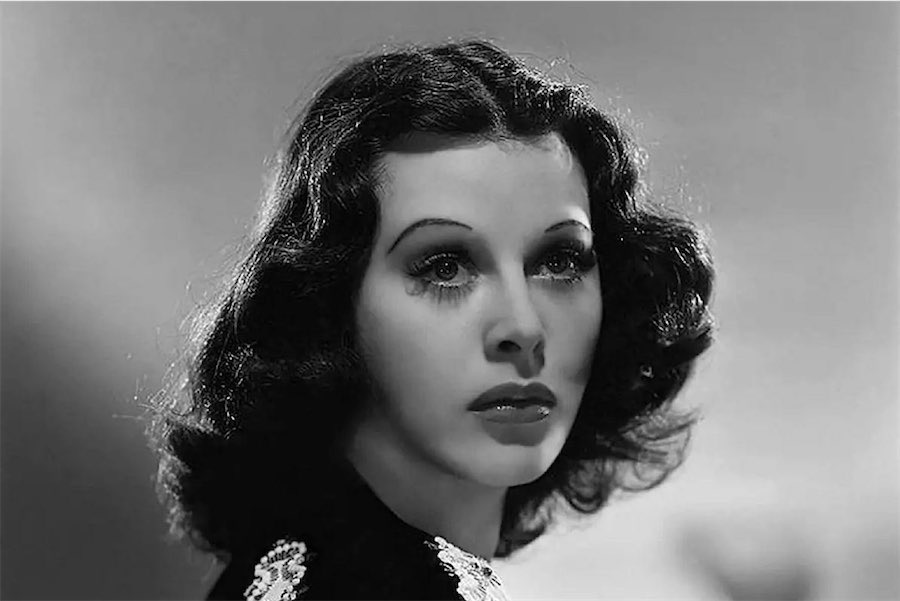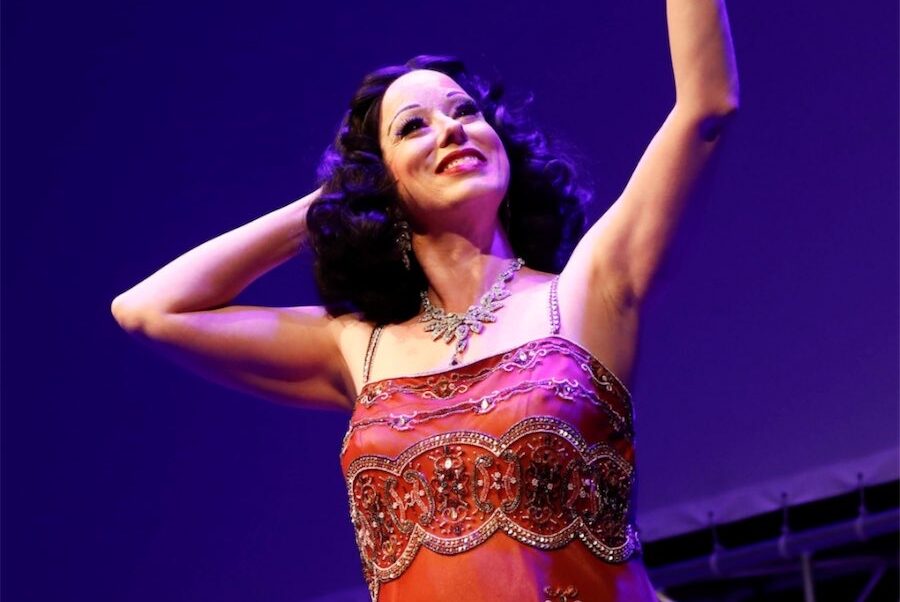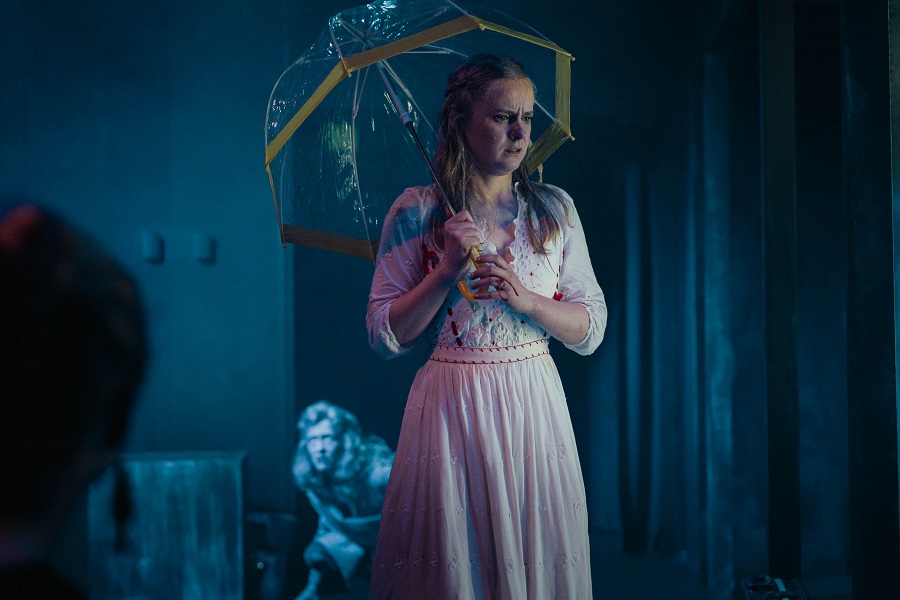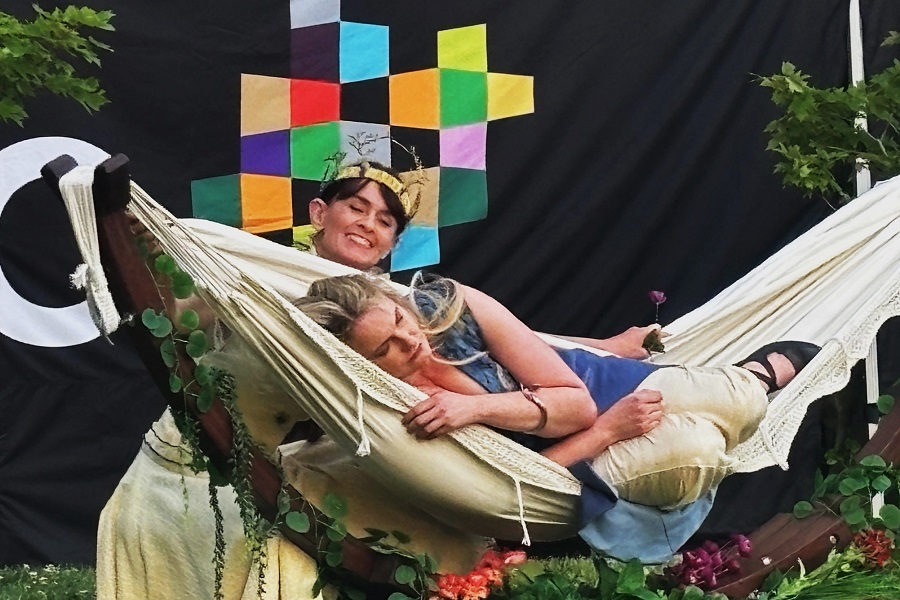
One of Hollywood’s great enigmas was – and still is – the screen idol, Hedy Lamarr.
Born in Austria, she was brought to Hollywood by the head of MGM, Louis B Mayer, who had her change her name from Hedwig Eva Maria Kiesler to Hedy Lamarr and promoted her successfully as “the world’s most beautiful woman”.
Success followed in films such as Algiers and the epic, Samson and Delilah, and she was honoured with a star on the Hollywood Walk of Fame in 1960.
The enigma is that as well as being drop-dead gorgeous, Lamarr was drop-dead intelligent. Together with avant-garde musician George Antheil, she co-invented a radio guidance system for Allied torpedoes that used spread spectrum and “frequency-hopping” technology to counter radio jamming by the Axis powers.
No matter that the technology was not used until after World War II, her record as the genius film star remains unchallenged.
Now in a partnership with National Science Week 2024, Fulbright Australia, World Learning and Australian Science Communicators, The Street Theatre is bringing New York theatre-maker Heather Massie to town with her one-woman tribute, Hedy! The Life & Inventions of Hedy Lamarr.
“I was a scientist before I was an actor,” Massie tells me. “I was studying astrophysics with a dream of being an astronaut, but ended up at the University of Virginia where I took acting classes and finished at the Virginia Tech School of Performing Arts.
“Hedy was such an unexpected genius and that’s why her story is intriguing.
“It’s also close to my heart because the story mixes science and the arts.
“Also, you’re not allowed to have both beauty and brains and people can’t believe you can.
“Hedy once described her face as a curse, a mask she couldn’t remove, but of course it gave her a career in Hollywood.”

It was clear she was destined for great things when, as a child, she took her music box apart and put it together again. Her father showed her how a streetcar worked and encouraged her to study chemistry, but oddly, she left school at age 16, so was self-taught from after that.
Her knowledge of munitions came from her first of six husbands, Austrian military arms merchant Friedrich Mandl, reputedly the third-richest man in Austria and close to both Hitler and Mussolini.
This meant that she was privy to many ideas of how munitions worked and was in a good place to support the allies against Hitler with her inside knowledge.
But Mandl didn’t approve of her acting career, especially her role in the erotic Czech film called Ecstasy, so in 1937 she escaped to Paris then London, where she met the Mayers. By the time she landed in New York on the same boat as them, she had a Hollywood contract and a new name.
“I looked her up and took all the interesting bits to make a play,” Massie says.
“She understood how systems worked and then there were all the challenges she faced in Hollywood, so I wove them all into a story.”
“In my play I wanted to play with Hedy’s sense of humour and strong wit, but also I love to play multiple characters, so I get to play 36 characters, including Jimmy Stewart, Bette Davis and Louis B Mayer… I was going to play Hitler and Mussolini, but they got cut.”
The most important relationship in the show, Massie says, is the relationship with the audience, as Hedy helps the audience realise how somebody so unexpected could do what she did.
Knowing that audiences will be fascinated by the mixture of genius and beauty, Massie also fills in the gaps, so that we learn that Antheil was, like Hedy, a German speaker.
Together, in the pre-computer era, they used a code stored on a punched paper tape just as with a pianola, where holes were punched in the paper to hop radio frequencies.
They gave the invention in 1942 to the US Navy but it wasn’t used in the war and they made no money from it. Eventually it was used in 1962 during the Cuban Missile Crisis.
Three years before she died Hedy (and George, posthumously) received the Electronic Frontier Foundation’s Pioneer Award. She became the first woman to receive the Invention Convention’s Bulbie Gnass Spirit of Achievement Award and in 2014 the pair were inducted into the National Inventors Hall of Fame.
In the play, Massie believes the truth has been heard and Hedy has answered the questions about her.
“And, yes, I do spend a good time transforming myself into the most beautiful woman in the world,” Massie says.
Hedy! The Life & Inventions of Hedy Lamarr, The Street Theatre, August 31, followed by a post-show conversation chaired by Bobby Cerini from Questacon.
Who can be trusted?
In a world of spin and confusion, there’s never been a more important time to support independent journalism in Canberra.
If you trust our work online and want to enforce the power of independent voices, I invite you to make a small contribution.
Every dollar of support is invested back into our journalism to help keep citynews.com.au strong and free.
Thank you,
Ian Meikle, editor




Leave a Reply